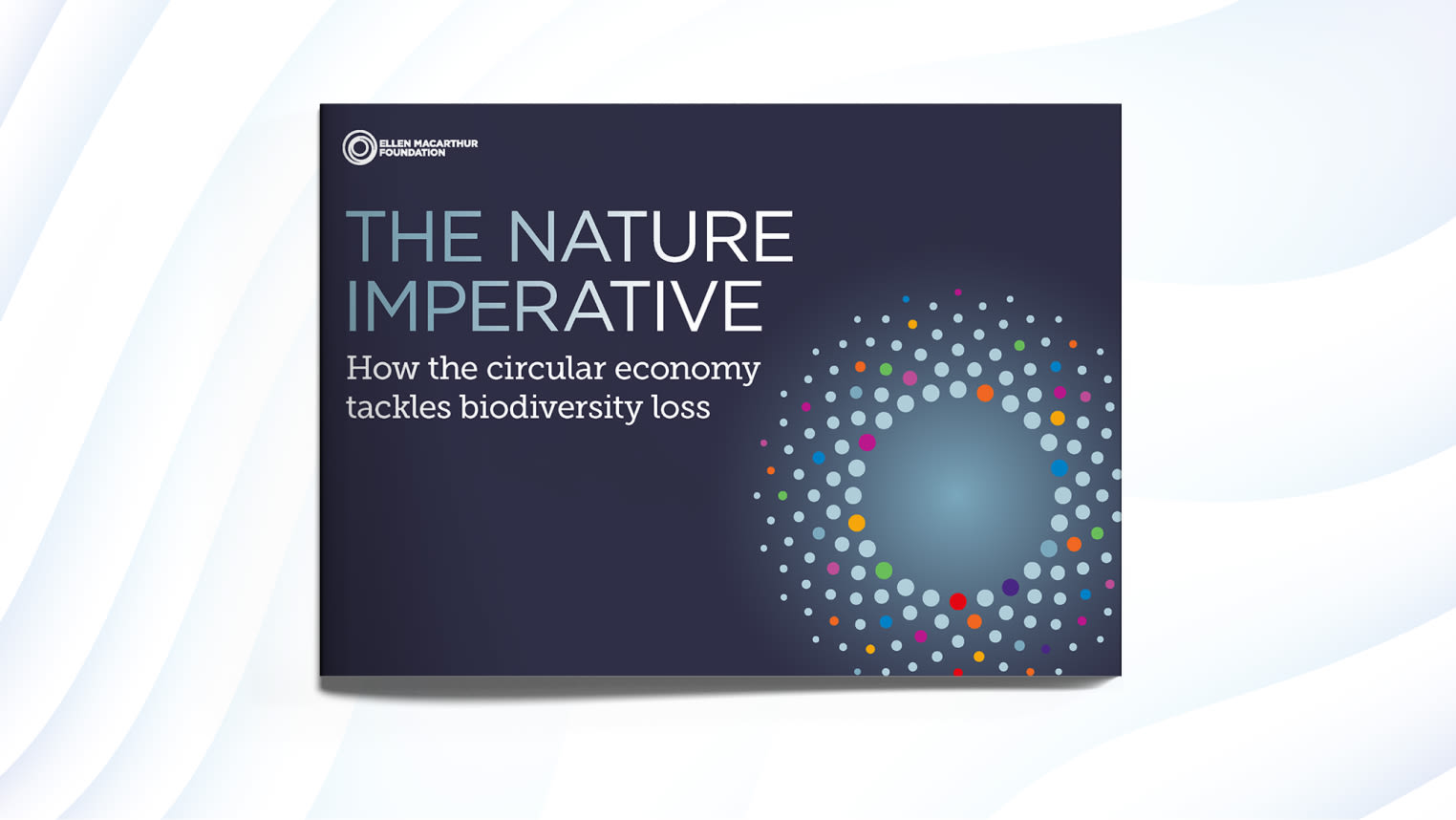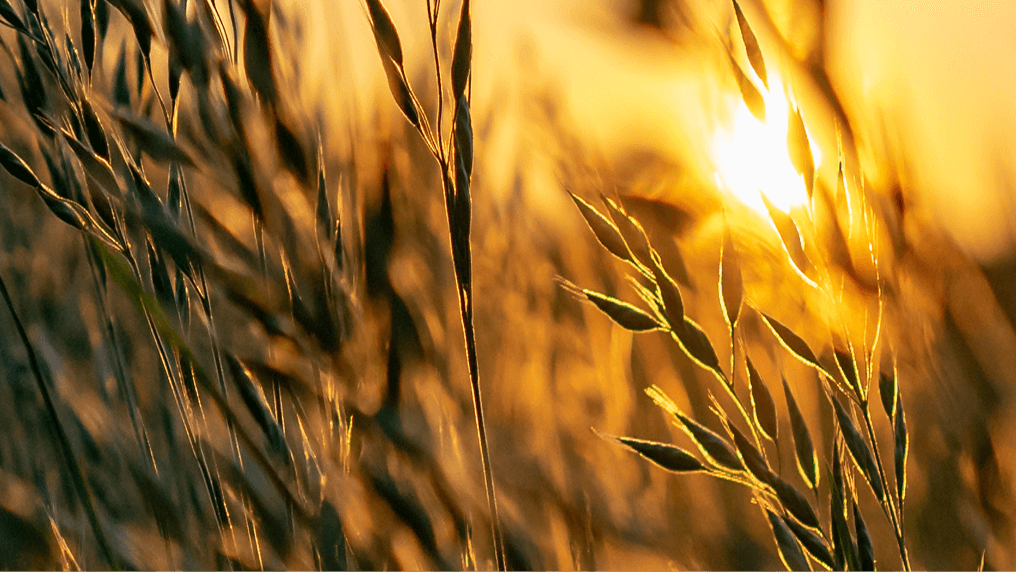Northeastern China is an important agricultural base, and its productivity is largely a result of its nutrient-rich black soil. Full of organic matter and among the most fertile soil, it takes 200 to 400 years to form just 1 cm, and it is nicknamed “panda soil”. However, long term pursuit of productivity has led to the overuse of fertilisers and unsustainable tilling practices, leading to the erosion and degradation of the black soil at a large scale over the years.
China Agriculture University and Chinese Academy of Sciences developed new mechanics that allow farmers to plant and harvest corn, and return the straw — an agricultural waste commonly burnt after harvest — to the land without tilling. This approach can prevent soil disturbance and reverse its depletion. It has now been promoted to 8 counties, covering about 123 hectares (1852 Mu) of land. The process greatly benefited from a collaborative platform consisting of local government, research organisations, agriculture machinery industry and farmers coops. Farmers get the chance to get to know the approach and its benefits directly through the workshops hosted by the counties.
In 2020, the “Action Plan for the Northeastern Black Soil Conservation (2020-2025)” set the target to extend conservation agriculture to 140 million hectare of arable land (i.e. 70% of total arable land in Northeastern China), making it the mainstream approach.
Biodiversity benefits
Research by the Chinese Academy of Science suggests that conservation agriculture methods have a great potential to restore soil health and enhance biodiversity in the region. By returning straw back to the agricultural fields, farmers can close the nutrient loop and increase soil organic matter by up to 20% in 5 years. Such increase would result in higher levels of soil carbon content, which could reach 2.2 tonnes per hectare. This implies that the Northeastern China agricultural land could store over 35 million additional tonnes of carbon — helping tackle climate change, a key driver of global biodiversity loss.
Straw cover can also boost in-farm biodiversity: There are six times more earthworms in straw covered fields compared to conventionally farmed fields, and observations show that bird and other small animal populations also benefit from straw cover. Furthermore, as a result of healthier soils, productivity in studied fields has seen a 5-10% increase. Thus, applying these practices could lessen the pressure on converting biodiversity-rich landscapes into agricultural lands to meet increasing food demand.
This page is part of a deep dive into biodiversity and food, where we delve deeper into regenerating nature by redesigning food systems.







